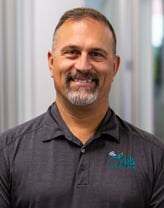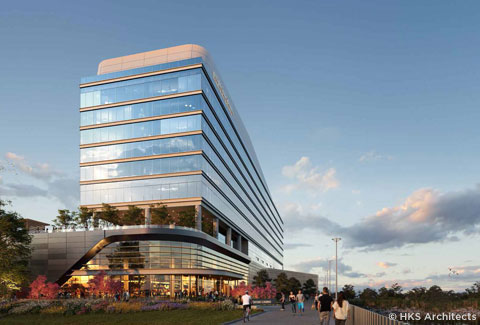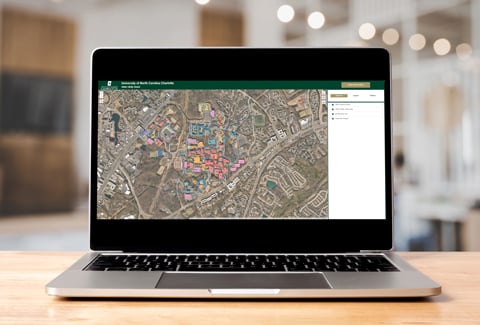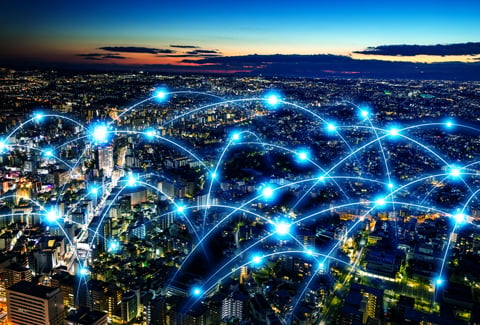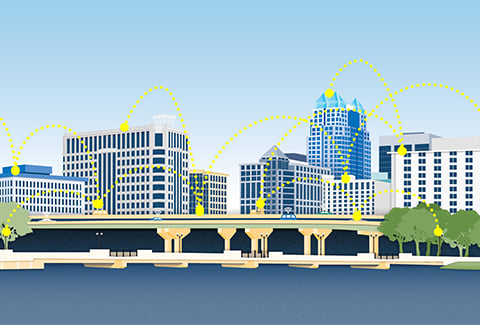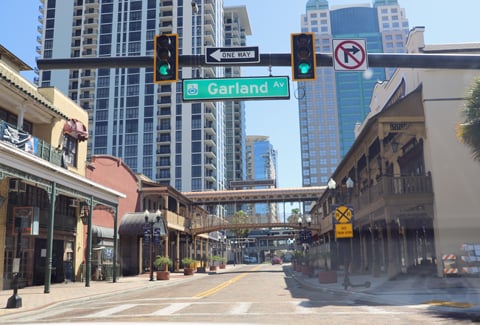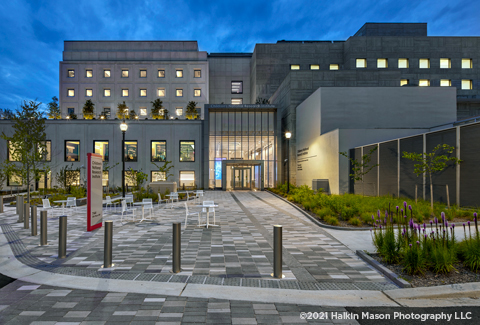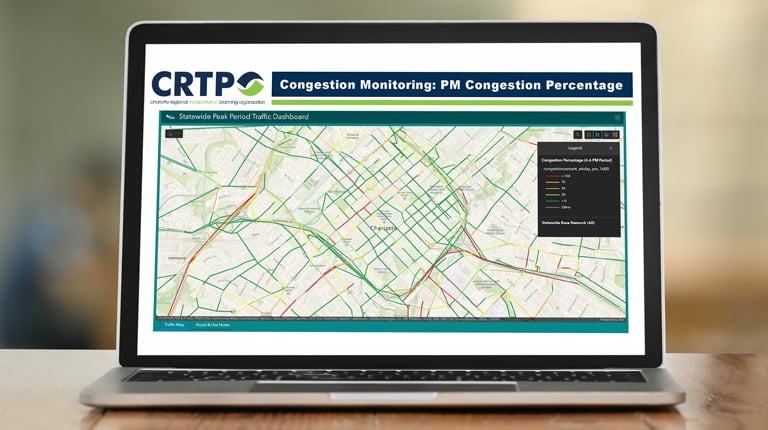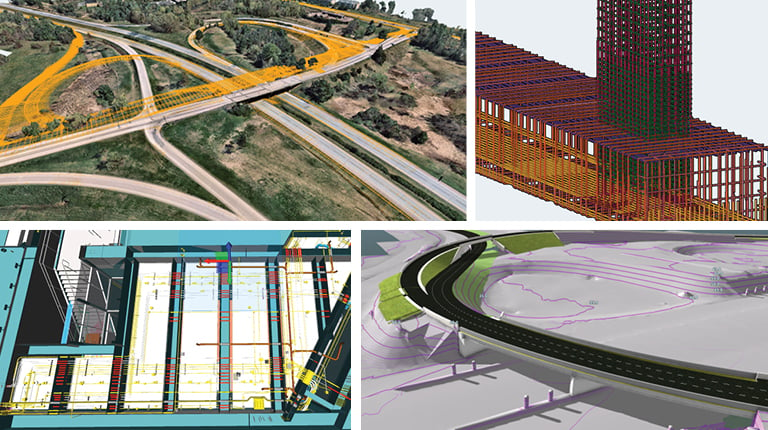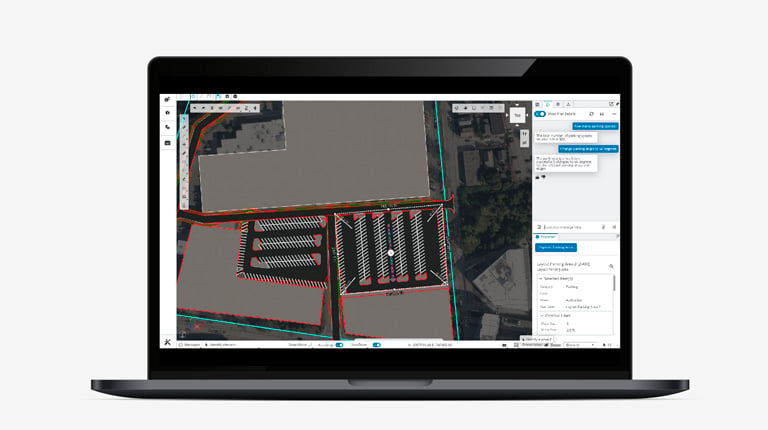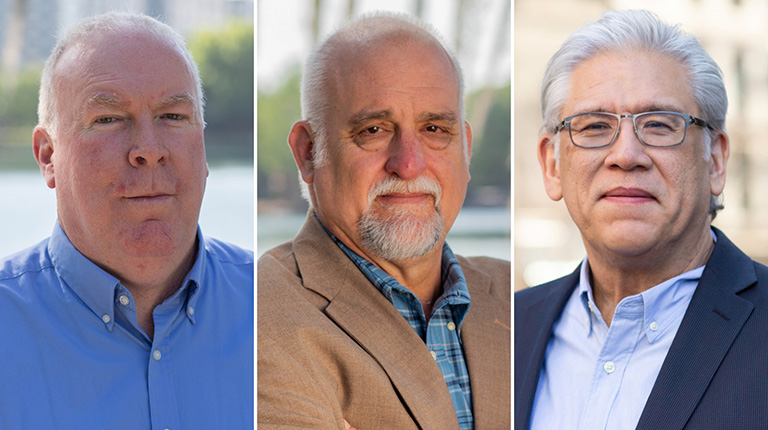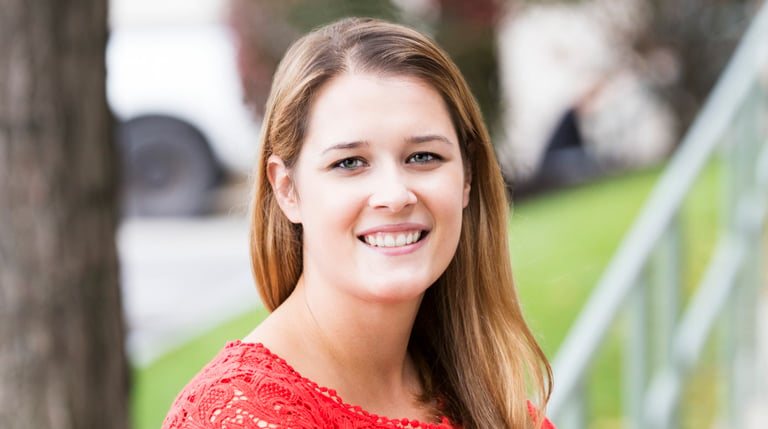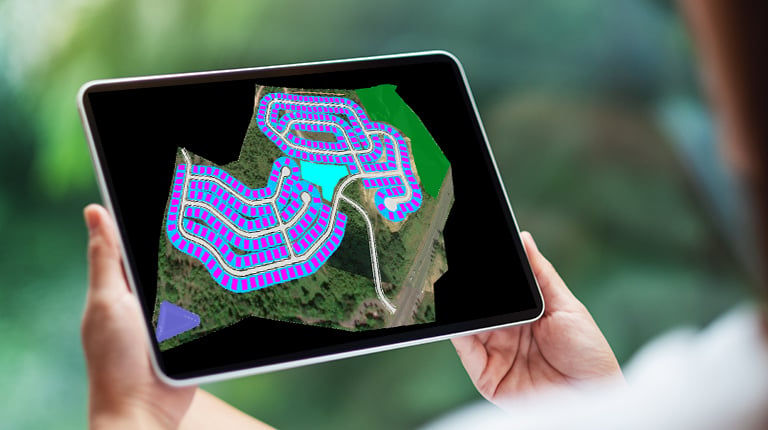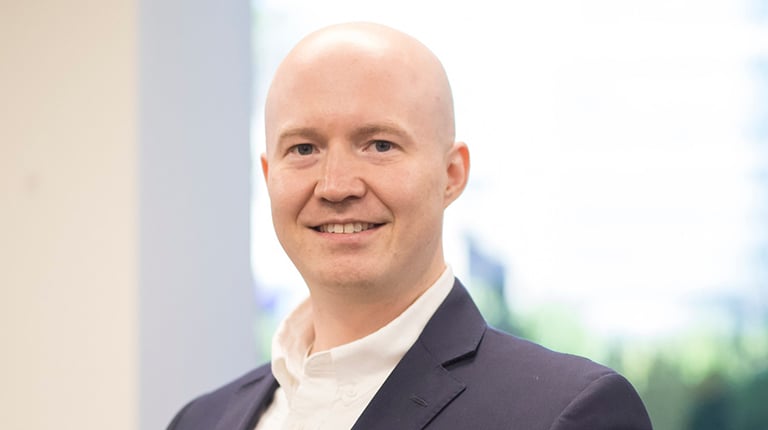Data and technology play a critical role in how we deliver future-ready projects for our clients. At VHB, we embrace the digital transformation and are using technologies like model-based design (MBD), digital twins, and reality capture to provide fully digital solutions that solve our clients’ key challenges in the built environment. The strategic integration of AI is transforming how we deliver projects and digital delivery is key to the full development of our AI solutions.
Digital project delivery allows for teams to visualize and work on projects in a controlled space by layering data from the built environment—buildings, transportation systems, utilities, connected devices—with processes, relationships, and behaviors of these connected data environments. By integrating tech-enabled concepts into project delivery across the company, we are more efficiently meeting the needs of our clients and communities.
-
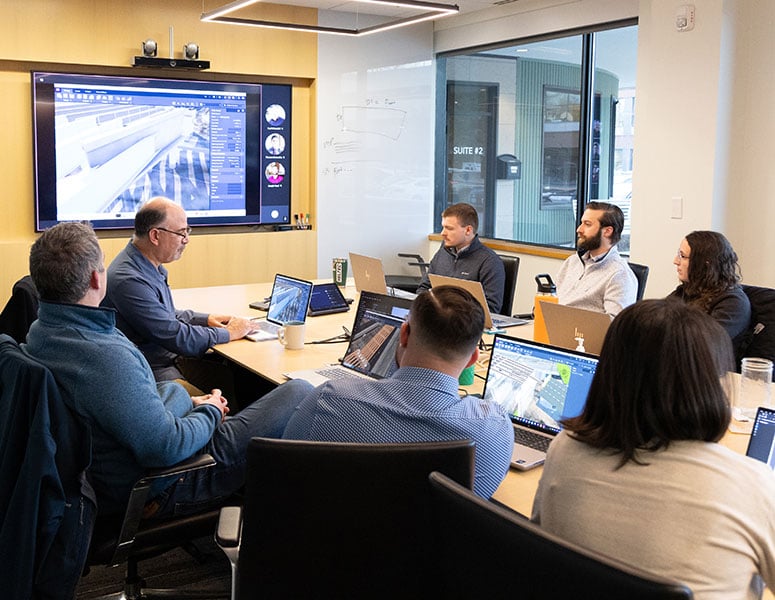
Model-Based Design
VHB recognizes that the future of our industry is digital delivery and has adopted MBD as our standard for project delivery. As a digital representation of a design, MBD offers significant benefits that have changed how we engage engineering principles to deliver infrastructure projects including increased value through coordination with project stakeholders, reduced risk using automated clash detection, and comprehensive data validation. It allows us to develop digital workflows that are easier to plan and execute, creating efficiencies that result in higher quality deliverables and greater overall project value. VHB provides award-winning, firmwide MBD training for our Bentley and Autodesk users, as well as next-level training for advanced MBD users and future trainers that will assist with modeling initiatives.
-
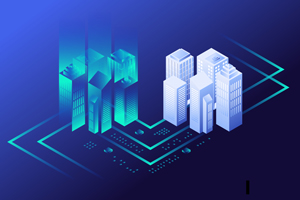
Digital Twin Technologies
Digital twins are dynamic, virtual representations of the physical environment that are driven by real-time and embedded data sources to accurately reflect the features of the environment. VHB uses digital twins to facilitate scenario planning of a project and enhance real-time decision making. Teams can simulate and plan for many scenarios, including implementing utility asset management, construction management, building/site optimization, evaluation of smart community strategies and supporting emergency response and recovery plans. For example, this technology allows our water resources team to use models to accurately assess the physical reality in a variety of scenarios.
-
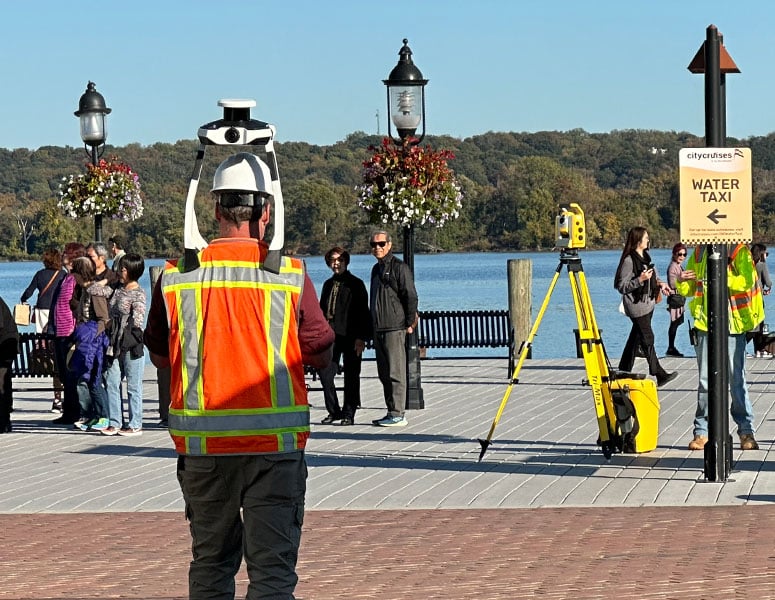
Reality Capture
VHB engages reality capture tools such as LiDAR, photogrammetry, and sonar technologies using high-definition scanning and Unmanned Aerial Systems (UAS) to measure remote objects and digitally recreate geometrically accurate three-dimensional (3D) models of those objects. Remote collection through reality capture allows us to mitigate risk, reduce the number of hours associated with traditional collection and survey documentation methods, and extract data later thus eliminating additional collection efforts. The visualization offered by a true 3D digital representation encourages understanding and collaboration and facilitates decision-making.




